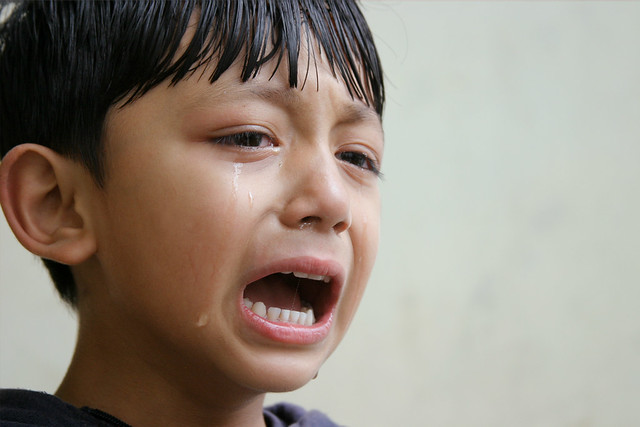For Down Syndrome Awareness Month, I decided to do a quick interview with one of our members, Jack. His sister has Down Syndrome, and she attends the program along with him and their two older brothers.
(Image from: https://nickspecialneeds.com/tag/down-syndrome-facts/)
It's 7:15am on a Monday morning. Although morning care starts at 6:45am, everyone is still waking up. Two staff, myself included, and six children sit sleepily at tables around the room.
Suddenly, someone bursts through the front doors, making us all jump. It is Katie, a nine-year-old girl with Down Syndrome, and she is running full speed toward the air hockey table. We've come to learn that she must be the first one there or else we must endure the hell that ensues.
About thirty seconds later, Katie's brother, Jack, walks in carrying her backpack along with his own. He puts the backpacks into separate cubbies and joins Katie at the air hockey table for a game.
Every morning, I watch this same routine and can't help but wonder what it must be like for Jack to follow Katie around all day, save the six hours he's in his classroom.
"Jack," I call when they've finished their game. He let Katie win as always. "Come here for a minute."
Jack comes over to me with a silly grin on his face. He always gets that look when I talk to him. It's adorable.
"Yes, Raven?" He sits down next to me.
"You and Katie are the same age?" I ask. I look over at Katie, who's picking up pool balls and rolling them across the floor with great force.
"Yep. I heard that there's a rumor going around my school. A lot of my classmates are saying that we got Katie from Russia, and guess what? It's true. My parents adopted her from Russia when we were four, so I grew up with her."
"That's really fascinating. She has so much energy first thing in the morning! Does she run out of it at home?"
"No, she's very active all day," he says as Katie runs up behind him. She pulls his arm and grunts loudly. Jack tells her to wait a minute until he's done talking with me.
"So you don't really get a break?" I ask him.
He shrugs. Katie starts to pound on Jack's chest with a loose fist, but he doesn't budge.
"Katie," I say gently, holding her arm back. "Don't punch your brother, okay? That hurts him."
She turns her gaze on me, frowns, and starts to smack her own head. Jack and I both grab her arms lightly and tell her to stop hurting herself. She runs away from us and (thankfully) gets distracted by a red ball. She can bounce a ball for hours if you let her.
(Image from: http://dsaco.net/wp-content/uploads/dsfacts1.png)
With some more time on our hands, I decide to dig a little deeper with Jack.
I can't help thinking back to just a week prior when Katie peed her pants, and Jack offered to help clean her up. We told him that we appreciate his help, but that he could go play while we take care of her.
"I can tell you like to help Katie during the day. Do you also help her at home?" I ask.
"Yes, I do. My brothers don't really pay attention to her, and my parents are always tired when they get home. They tell me I do a good job taking care of Katie," he says with a proud smile.
I return his smile, but it doesn't exactly reflect how I feel. I can tell he's tired, too.
"Do you have any advice for working with children who have Down Syndrome?"
"Not really," he says, his brows furrowing. "Oh, well I guess just be patient. Yeah, lots of patience. Otherwise, you might go crazy! Also, you gotta remember that they're people, too. They have all kinds of emotions and special things about them that you gotta figure out. I do that with Katie all the time, and I think that's why I'm her favorite."
"That's really nice of you, Jack," I say, smiling again. The light bags under his eyes are what prompt my next question: "Do you get enough time to do your homework at night?"
"Um, well . . . not always. Oh crap!" He looks panicked. "I have a page I forgot to do last night. Thanks for reminding me!"
As he runs to grab his backpack, I start to process this information.
At times, Jack sounds like he's 30 years old. He doesn't get much time to play unless he's playing a game with Katie, and he's often behind on his homework. If he feels this much responsibility for her at this age, I can only imagine how that sense of responsibility will progress as they get older. I've made an effort to spend one-on-one time with Katie so Jack can get his homework done and play with his friends before he goes home. It just goes to show that it really does take a village to help raise a child, especially kids like Katie who need the extra attention.
Here are some additional interesting facts about Down Syndrome:
(Image from: https://specialneedsresourceblog.files.wordpress.com/2015/08/down-syndrome_infograph.jpg)






















